Useful Info
EV Tips
EV Models
News
EV FAQ
Aside from buying & maintenance cost, also need to consider:
1. charging speed --> as it will affect your routine charging plan
2. battery size --> as it determines how far you can drive after 1 full charge
3. driving cost --> kWh per km
Plug Type
For the plug CHAdeMO, it is a DC plug and mainly designed for the Japanese electric vehicle.
For the plug CCS/Combo-2, it is a DC plug and mainly designed for the European electric vehicle.
For IEC 62196 Type-2, there are AC socket and AC plug.
1. For an AC socket, all the electric vehicles can be charged with their own appropriate charging cable. For example for European vehicle with an IEC Type 2 – Type 2 charging cable, or a Japanese vehicle with an IEC Type 2 – Type 1 (SAE J1772) charging cable.
2. For an AC plug, all the electric vehicles which have the appropriate socket can be charged with this plug.
Use Appropriate Charger
Quick Chargers can provide 3 phases AC supply for Type 2 Plugs. Since IEC62196 Type-2 AC plug can be 1 phase or 3 phases, some EV equips with a 1 phase on-board AC-DC converter still can connect with the Quick Charger AC Plugs, however the consumed power will be limited by the EV itself through the BMS.
If using Quick Charger, please use the fastest charging plugs that your vehicle can handle, for example for European vehicle with a DC CCS2 combo, a Japanese vehicle with a DC CHAdeMO, and for some other which the vehicle equipped with 3 phases on-board AC-DC converter can use 3 phases Type 2 Plugs.
ECO Mode
ECO mode is better suited for city driving due to frequent stops and accelerations. Rapid acceleration will waste more energy hence shorten the driving range. Eco Mode will provide smooth acceleration and longer range.
B Mode
For better Energy Efficiency, B Mode can recover energy during braking ( deceleration, especially downhill ) in order to gain longer driving range.
BMW i3s
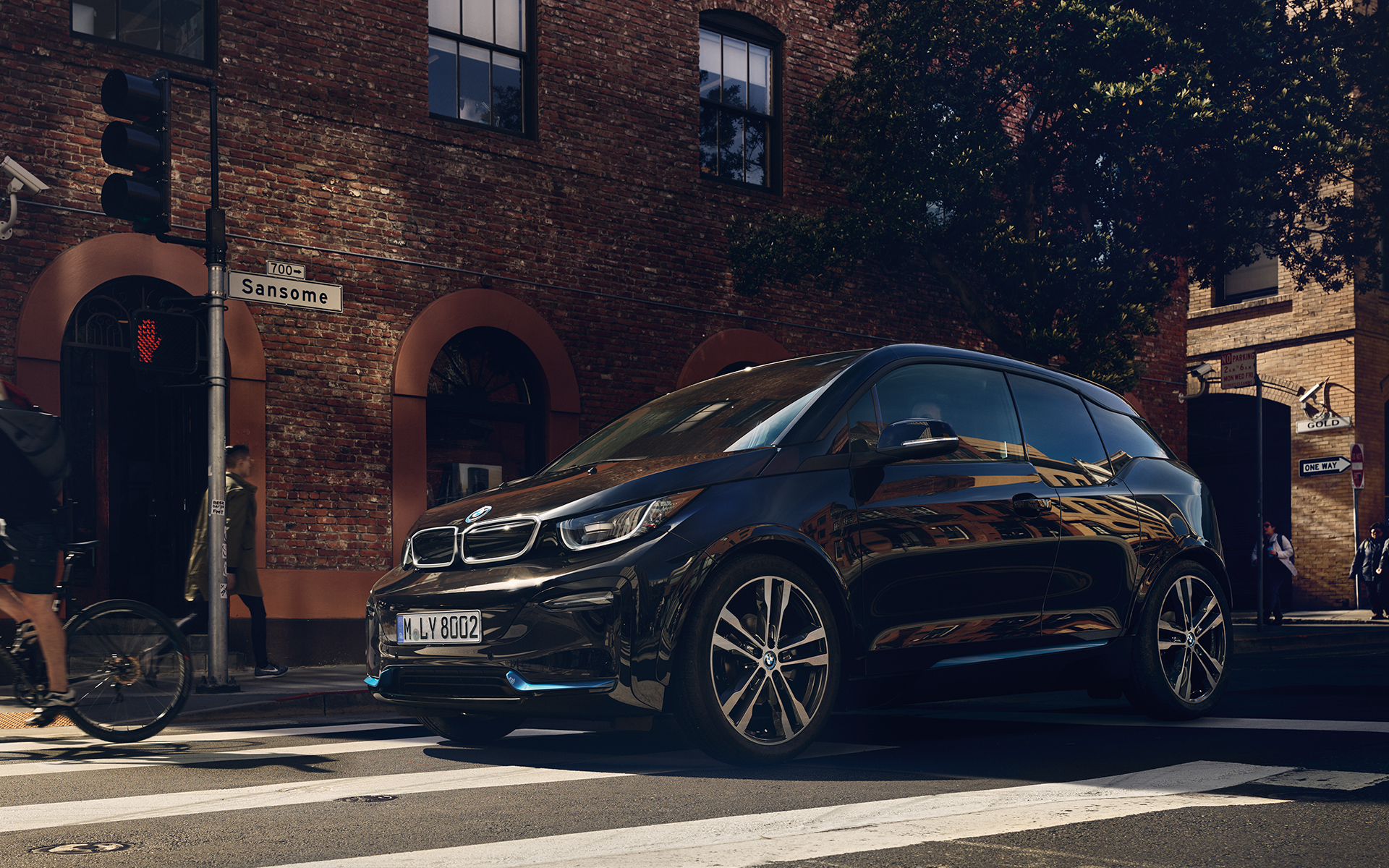
|
Battery Capacity: 120 Ah / 42.2kWh Elec. power consump. combined: 14.6 - 14.0 kWh/100km Charging Times (for 0 - 80% charge): around 45 mins from fast charging station (50kW, DC), around 15.00 h from domestic socket (2.4kW / 10A / 240V)
|
Audi e-tron 55 quattro
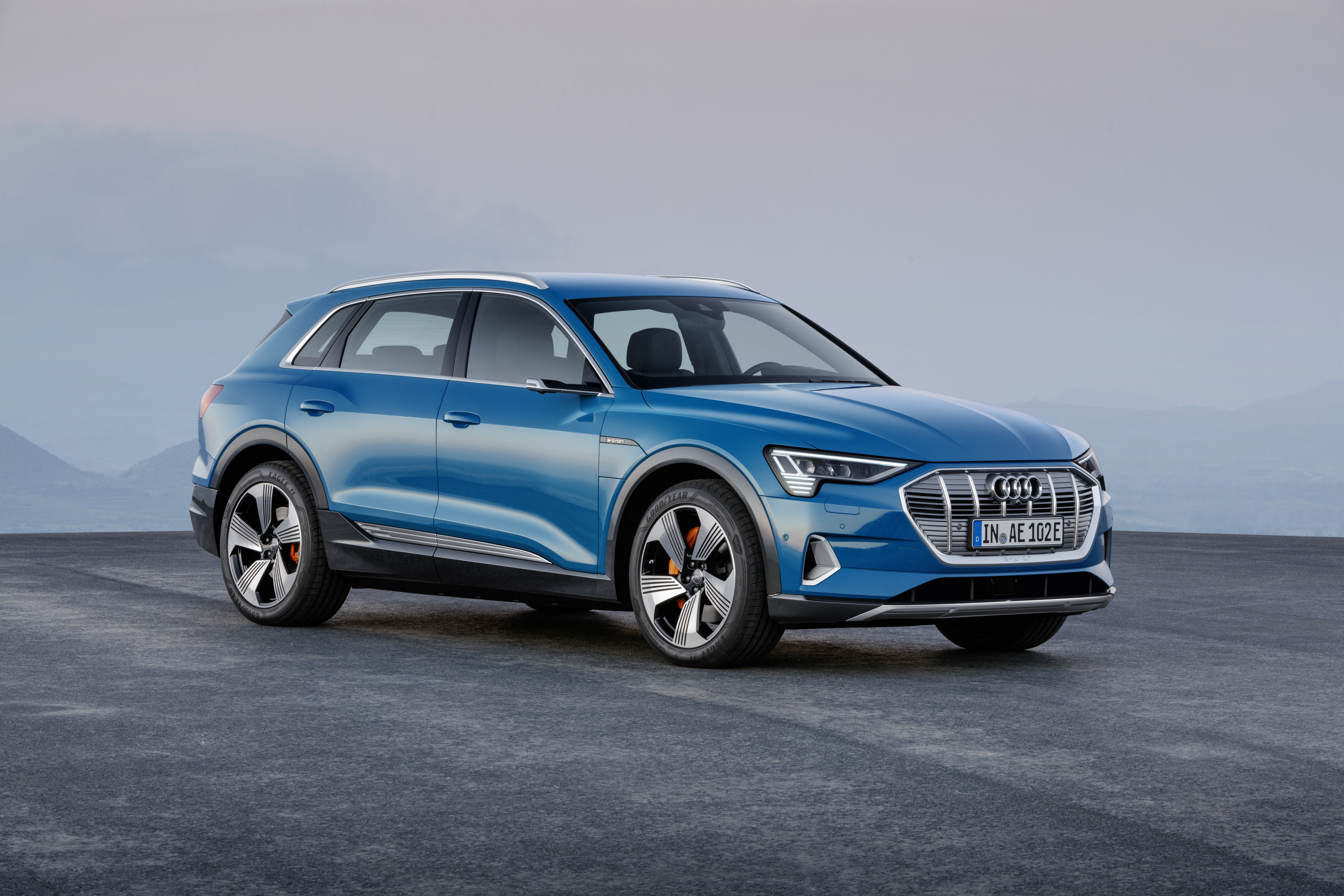
|
Battery Capacity : 95 kWh Consumption : 22.6 – 26.1 kWh/100 km (WLTP)
|
Porsche Taycan
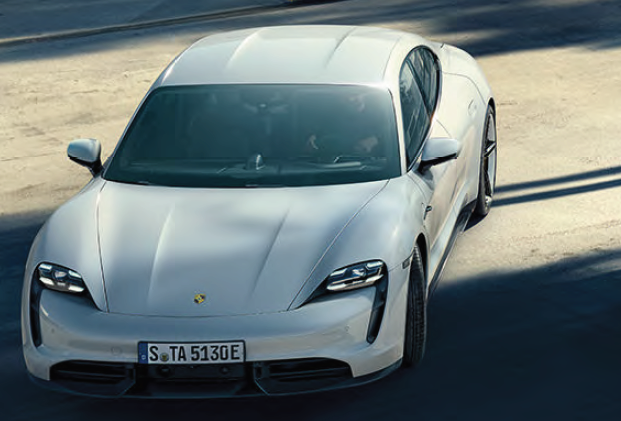
|
Gross Battery Capacity: 93.4 kWh Net Battery Capacity: 83.7 kWh Elec. consump. combined: 26.0 - 26.9 kWh/100km Charging Time (from 5% up to 80%): 93 mins (50kw, DC)
|
Mercedes-Benz EQC 400
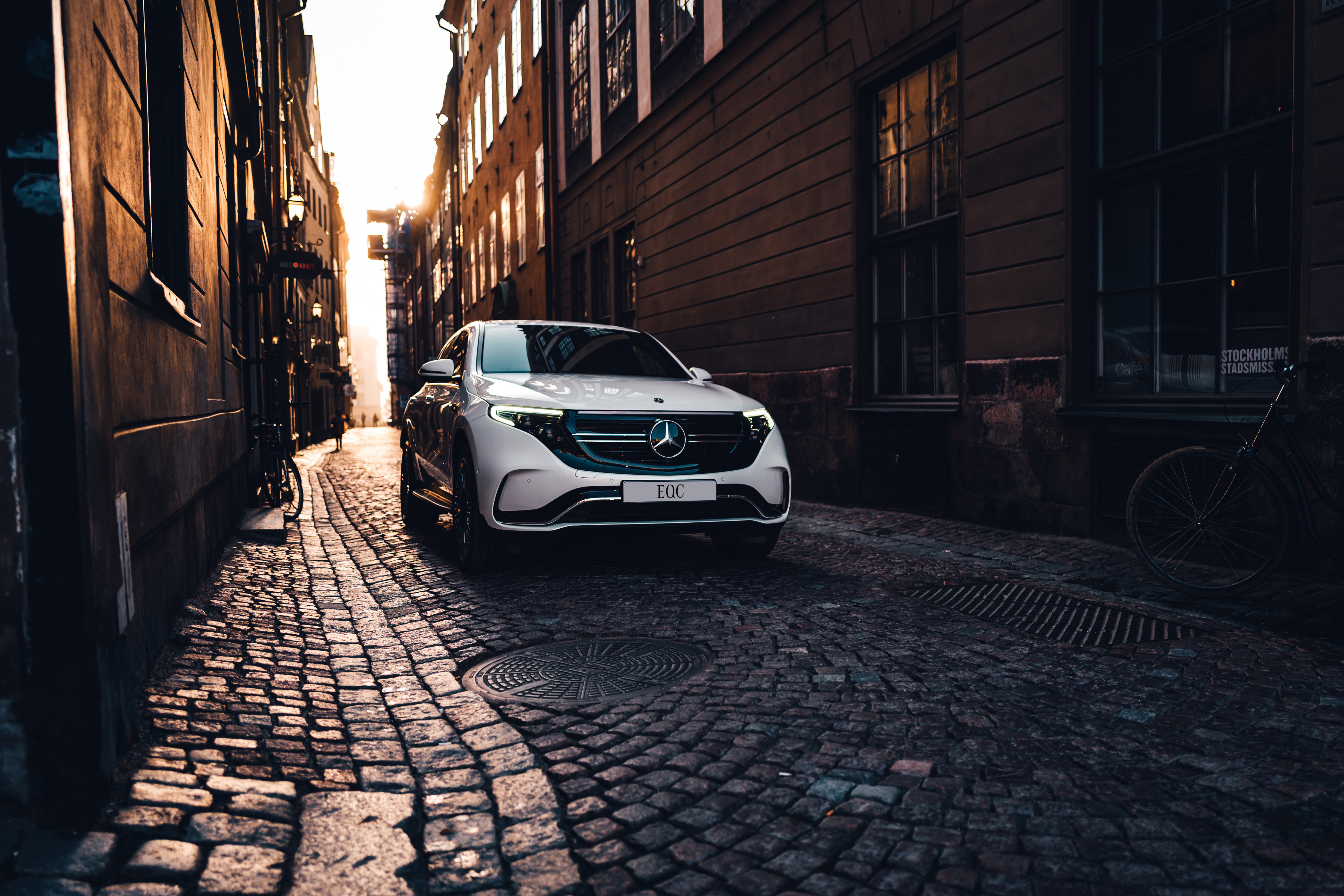
|
Battery Capacity: 80.0kWh Elec. consump. combined: 22.2(kWh)/100km Charging Times (for 10 - 100% charge): around 2 hours from fast charging station (50kW, DC), around 11.00 h from domestic socket (7.4kW, AC) |
More information on charging fees
Source: Gabinete para o Desenvolvimento do Sector Energético (GDSE)
Release Date: 3rd September 2020
Office for the Development of Energy Sector of Macau previously issued a press release explaining the government’s policies and measures to promote “self-use charging facilities for daily use and public charging as supplementary”. The government has started with installing 200 public charging spots for public use and meanwhile explained the benefits of installing medium/low-speed chargers at private parking spaces to encourage daily charging with self-use charging facilities.
The press release also mentioned that fees will be charged for using public EV charging stations, arousing citizens’ concern. As for the pricing approach, the government considers that the fees for private charging should be lower than that of public charging stations, with the purpose to incentivizing residents to install low/medium-speed charging equipment in their private parking places.
In addition to the installation and maintenance costs, the power consumption is another factor that explains the fee imposition for public charging facilities to ensure long-term operation. For example, the government is considering setting the fee for public fast charger at a level higher than household electricity fee but lower than fuel cost per kilometer. The Office for the Development of Energy Sector of Macau is studying the fee levels and will announce the details in due course.
Macau's eco-friendly energy vehicle population reaches 4,706 in Q3, including about 1,100 electric vehicles (EVs)
Source: Plataforma Media
Release Date: 3rd November 2020
As of the third quarter of 2020, there are 4,706 eco-friendly energy vehicles in use in Macau, which include 1,126 EVs, 3,392 hybrid vehicles and 188 natural gas vehicles, according to the Transport Bureau (DSAT).
DSAT said in a reply to media inquiry that, the SAR government is using 61 new energy vehicles in its official fleet, while gaming operators are running 189 new energy buses.
DSAT added that the plan of introducing 150 electric taxis in 2019, as stated by Transport Bureau Director Lam Hin San, will be deferred because market demand and operating environment has been impacted by the pandemic.
Separately, the new bus concession contract has stipulated that at least 50% of the operating buses and extra-large buses not passing Governor Nobre de Carvalho Bridge have to be replaced by eco-friendly energy vehicles by 1 January 2022 or earlier; and all operating buses and extra-large buses shall be replaced by eco-friendly energy vehicles by 1 August 2024 or earlier. DSAT will provide necessary support to bus companies in due course, such as expediting the administrative approval process, providing flexible vehicle examination schedules, among others.
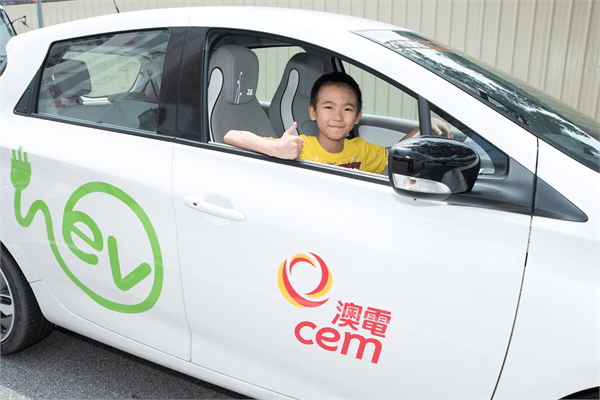
Private installation of medium/slow chargers has multiple benefits
Source: Gabinete para o Desenvolvimento do Sector Energético (GDSE)
Release Date: 30 de Julho de 2020
To build a green tourism city, air quality must be improved from different aspects. As part of Macau's air pollutants comes from vehicle exhaust emissions, the government is actively promoting the use of eco-friendly vehicles, with EVs in the spotlight. With the technological progress and mass production of EVs, more models are available for selection and their prices may drop to the levels close to traditional fuel vehicles, making them popular among more users.
In order to further promote the use of EVs, the government would work with the public to make “private charging facilities for daily use and public charging as supplementary” happen. The government will first build public charging points for journey pit-stops, while the public are encouraged to install their own chargers at private parking spaces for daily battery top-up.
Of the 200 public charging parking spaces first proposed by the government in the "Five-Year Development Plan (2016-2020)", 196 have been in place, covering 42 public parking lots under the jurisdiction of the DSAT (with a coverage rate of 80%) ) and six parking spaces on public road (commonly known as "metre parking spaces"); the installation of the remaining four chargers at a metre parking space area has been sped up to go along with the road works in the respective area. These 200 public charging spaces will answer the needs for mid-journey charging in the medium to long run in Macau.
In terms of convenience and economic benefits, citizens are advised to install their own chargers at private parking spaces for daily use and charge up the battery at night. Quick chargers incur higher installation costs and may shorten the battery life as well as waste grid resources. Meanwhile, the fee for public charging will be imposed, and new fee for private charging will be cheaper than that of public charging. Therefore, citizens are encouraged to install self-use slow and medium chargers at residential parking spaces, which will be more convenient and economical. Besides, charging EV batteries with slow/medium chargers in the night time can extend battery life, improve grid efficiency, as well as protect the environment.
At present, the Law No. 14/2017 allows minority owners to carry out electric engineering works in common parts of the building by posting notices of works to simplify the installation procedures. Moreover, CEM can also provide advice on electric wiring to the applicants. Residents living in the same building can collaborate to install private chargers in order to facilitate installation and share the cost. Coordination between residents and property management offices or committees are encouraged to facilitate installation. The government would direct CEM to provide full support in this regard.
With medium/slow chargers at private parking spaces, users enjoy multiple benefits:
- charging EV battery anytime;
- slowing the ageing of EV batteries and extending their service life to save money;
- spending less on facilities, installation, electricity and electrical work compared to fast chargers;
- improving grid efficiency and protecting environment through night-time charging; and
- more convenient and cost-effective compared to public chargers, which will incur higher fees.
200 public charging stations outlined in the Five-Year Plan have been in place
Source: Plataforma Media
Release Date: 3rd November 2020
Macao SAR Government has installed all of the 200 public EV charging stations in accordance with the Five-Year Development Plan of the Macao SAR (2016-2020), which should be able to satisfy the demand for mid-journey charging in the short to medium term. In the long run, the government will decide if more public electric charging stations are to be built upon review. Among the 200 public EV charging stations, 133 are located at the Macau Peninsula, 46 at Taipa and 21 at Coloane. Moreover, two charging stations for motorcycles have been installed at the Macau Peninsula. For more information, please refer to https://www.gdse.gov.mo/public/chn/EV/ev.html.
To address the long-term demand for EV charging, the government put forward a policy with the guiding principle of “self-use charging facilities for daily use and public charging as supplementary”. Fees will be imposed for using public EV charging facilities and the fee will be higher than that of private stations to encourage installation of medium/slow chargers at residential parking spaces.
The related government departments will continue with the introduction and promotion of EVs according to the Five-Year Plan. Specific measures include improving the charging facilities, putting in place convenient measures and encouraging public sectors to use environmentally friendly vehicles. The government has waived motor vehicle tax for EVs to encourage citizens to opt for EVs when they plan for a car purchase.


